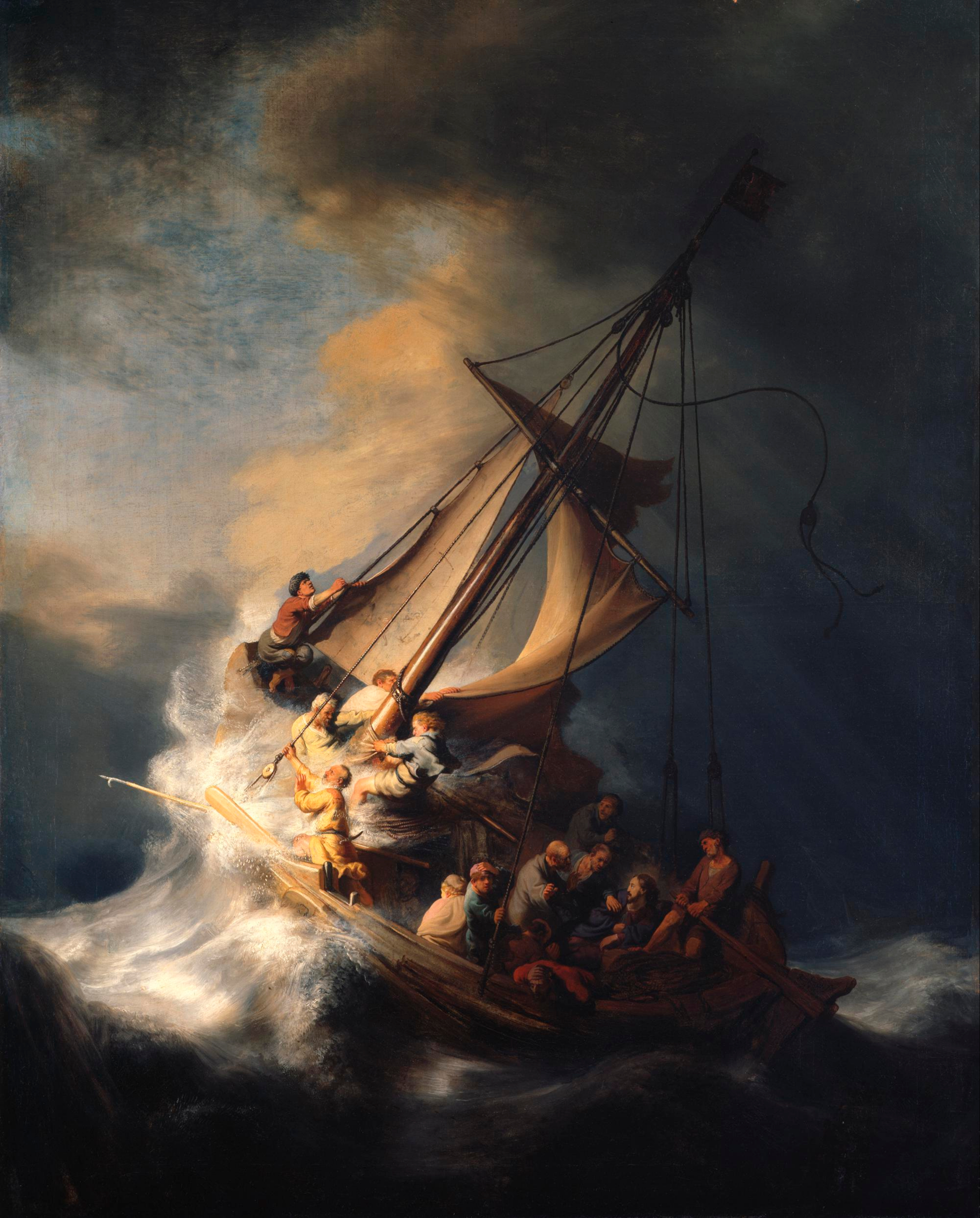Week 1 Field Notes
Bird Call: The Red Cardinal - Played sounds 1-2 times daily for entire week. Read two books on them as well. Made a bird bath in the back yard for them after reading that they like those. Learned what they like to eat and that they do not migrate! Had fun observing them at our bird feeders picking out the black sunflower seeds.
Classical Music: Bach, "Jesu Joy of Man's Desiring" and "Brandenburg Concerto No. 5" Played each once a day throughout week, can find them for free on Spotify or just Google searching, reminding the kids of who the composer is and the name of the song. This is a great rendition of the latter and one of Jesu.
Picture Study: Rembrandt, "The Storm on the Sea of Galilee" We sat and really pored over this picture three times this week. I asked questions about their observations. We read the Scripture passage it was based on a few times. We were surprised when we observed a familiar face in the painting besides Jesus!
Animal: Elephant.We read several books on elephants from library. Watched YouTube videos of elephants playing. One book we read from the library was about elephants painting so after reading it, we painted with paintbrushes in our mouths like trunks. We painted with our hands afterwards to compare the experiences and thanked God for our hands!

Insect: Pill Bug or Roly Poly as we like to call them. We read a library book on them and played with them outside. We found some baby ones too!
Flower: Daffodil. Brought some in from the garden, colored this picture of a daffodil. We learned that they're inedible, even for deer and will kill any other flower/plant that they are put in a vase with!
Tree: Cherry Tree. Looked through tree book from library to ID cherry trees. Talked about bark, leaves and fruit/flowers to stress how we identify trees. I think I need a better field guide. Will try other library or order one soon. Did find this video on identifying cherry trees and think we'll have to watch all four parts at some point.
Fungi: Fly Agaric. What beautiful pictures come up when you Google this! We read about them in a library book and drew and colored our own pictures of them. I remind the kids everyday of the name of this fungi as they're still learning to read.
Constellation: The Big and Little Dipper. Here's a Dot to Dot of the Big Dipper. We got ladles out and talked about how they looked the same. Read a kid's library book on constellations so they knew what they were!
Dinosaur: Pterodon. Read a library book on this and watched a video on Discovery.com about the Triassic Period. Planning to watch some Dinosaur Train on-line still.
American Sign Language: Taught them A, B, and C (Reviewed every few days)
Sea Life: Crabs. We read a library book on crustaceans, looked at the different colors of crabs in Google images (there's even purple crabs!! We couldn't find a color they didn't come in!!) then colored our own crabs thanks to these printables.
Biography: Dr. Seuss, we read the book on his life and read extra Dr. Seuss books this week.
Fiction Summer Must Reads: Mr. Popper's Penguins (we'll read this until we're done - may need more than one week).
Note: I'm collecting pictures from the internet of the front of the books we read, and pasting them in files titled by subject so I have a record of what we've read.
We spent four half days this week covering this material. We'll spend Monday reviewing and Tuesday we'll dive into week 2 which I got the library books for yesterday. I envision us becoming more concise in our materials and activities as the Summer progresses. We were just excited to get started and were a little overly ambitious this first week. OK, maybe that was just me.

